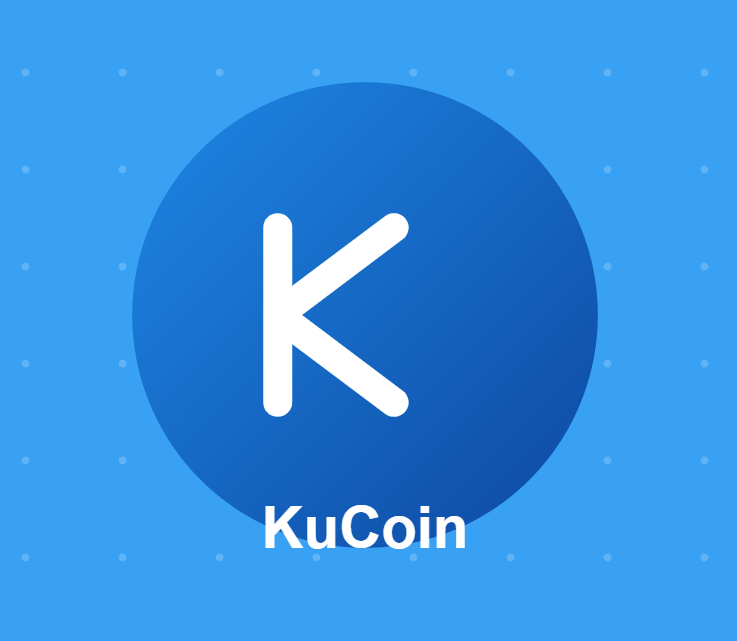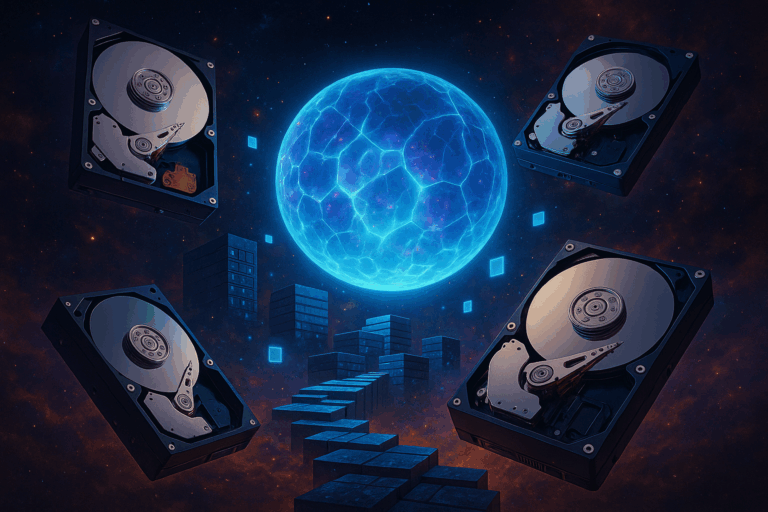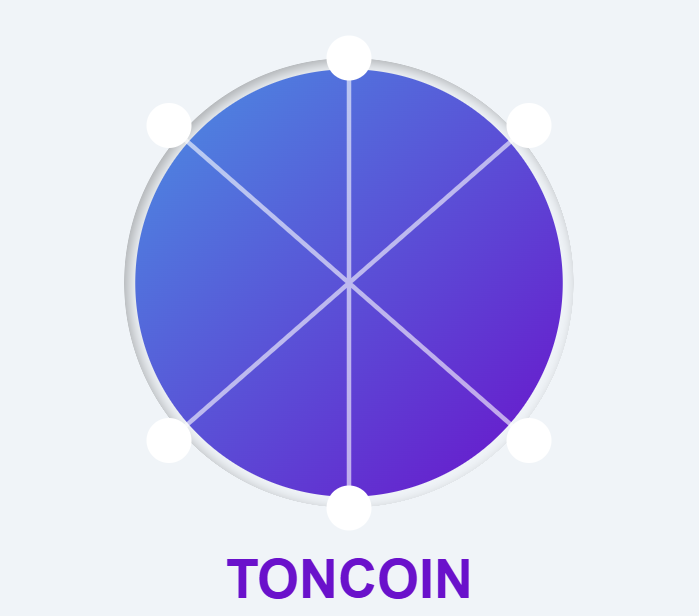
Solana is a high-performance blockchain platform designed for decentralized applications (dApps) and cryptocurrencies. It aims to provide fast, secure, and scalable solutions for developers and users. Here’s everything I can tell you about Solana:
Overview: Solana was founded in 2017 by Anatoly Yakovenko, a former engineer at Qualcomm. It was developed to address the scalability issues faced by existing blockchain networks, such as slow transaction speeds and high fees. Solana uses a unique combination of technologies to achieve its goals.
Blockchain Architecture: Solana utilizes a unique blockchain architecture called the Solana Blockchain Protocol, which consists of several key components:
a. Proof of History (PoH): Solana incorporates a Proof of History mechanism, which provides a verifiable and highly efficient historical record of all transactions. PoH acts as a clock that orders events within the network and enables efficient parallel processing.
b. Tower BFT Consensus: Solana employs a variant of the Practical Byzantine Fault Tolerance (PBFT) consensus algorithm known as Tower BFT. This consensus mechanism allows for fast finality and consensus on transactions within the network.
c. Gulf Stream: Gulf Stream is a mechanism in Solana that enables the network to scale horizontally by replicating and distributing transaction processing across multiple hardware devices.
d. Solana Runtime: Solana provides a runtime environment that supports smart contract execution. It is compatible with the Ethereum Virtual Machine (EVM), allowing developers to deploy existing Ethereum dApps on the Solana network with minimal modifications.
High Performance: Solana aims to deliver high transaction throughput and low latency. It claims to achieve a throughput of up to 65,000 transactions per second (TPS) with sub-second confirmation times. This scalability makes it suitable for applications requiring high-speed processing and real-time interactions.
SOL Token: SOL is the native utility token of the Solana blockchain. It serves various purposes, including paying for transaction fees, participating in network governance, and staking for network security.
Ecosystem and Projects: Solana has gained significant attention and adoption within the blockchain community. Several projects and dApps have been developed on the Solana network, including decentralized exchanges (DEXs), non-fungible token (NFT) platforms, stablecoins, gaming applications, and more. Notable projects include Serum, Audius, Mango Markets, and Raydium.
Partnerships and Integrations: Solana has formed partnerships with prominent companies and organizations in the blockchain space. It has integrated with various wallets, infrastructure providers, and decentralized finance (DeFi) platforms to expand its ecosystem. Notable partners include Chainlink, Serum, FTX, Terra, and SerumSwap.
Community and Development: Solana has an active and growing community of developers and enthusiasts. The Solana Foundation, a nonprofit organization, supports the growth and development of the Solana ecosystem through grants, funding, and technical assistance. The Solana community actively collaborates on improving the network, building new applications, and exploring innovative use cases.
It’s important to note that while I strive to provide accurate and up-to-date information, the field of blockchain and cryptocurrencies is constantly evolving. Therefore, it’s always a good idea to refer to official Solana resources for the most recent and accurate information.
Certainly! Here’s some more information about Solana:
Solana’s Approach to Scalability: Solana’s innovative approach to scalability is achieved through a combination of its architectural design and consensus mechanism. By utilizing parallel processing and a high-performance network, Solana aims to handle a large number of transactions simultaneously without sacrificing speed or security.
Solana Labs: Solana Labs is the organization behind the development and advancement of the Solana blockchain. It oversees the core protocol development, ecosystem growth, and community engagement. Solana Labs provides technical support, developer tools, and resources to encourage the adoption of Solana.
Solana’s Growing Adoption: Solana has seen significant adoption by various entities in the blockchain industry. Notably, several high-profile projects and platforms have chosen Solana as their blockchain infrastructure due to its scalability and performance advantages. This growing adoption helps to strengthen Solana’s position as a prominent blockchain platform.
Solana’s Advantages: Solana offers several advantages that make it stand out in the blockchain ecosystem:
a. Speed and Scalability: Solana’s architecture enables high transaction throughput and low latency, making it suitable for applications that require fast and real-time processing.
b. Low Fees: Solana aims to maintain low transaction fees, even during high network traffic periods. This makes it more cost-effective for users to interact with dApps and perform transactions on the Solana network.
c. Developer-Friendly: Solana provides developer tools, libraries, and resources to facilitate the creation of decentralized applications. Its compatibility with the Ethereum ecosystem allows developers to port their existing applications to Solana with relative ease.
d. Interoperability: Solana is designed to be interoperable with other blockchains, allowing for the seamless transfer of assets and data between different networks. This feature opens up possibilities for cross-chain integration and collaboration.
Solana’s Future Outlook: Solana has gained significant attention and momentum within the blockchain community. Its growing ecosystem, partnerships, and developer support indicate a positive future outlook. The continuous development and improvement of Solana’s infrastructure and the expansion of its use cases are expected to contribute to its long-term success.
It’s worth noting that the cryptocurrency and blockchain industry is highly dynamic, and new developments can occur rapidly. It’s advisable to stay updated through official Solana channels and reputable sources to remain informed about the latest advancements in the Solana ecosystem.
Certainly! Here are some additional details about Solana:
Solana’s Focus on DeFi: Solana has emerged as a popular platform for decentralized finance (DeFi) applications. Its high throughput and low transaction fees make it well-suited for handling the complex and high-volume transactions often associated with DeFi protocols. The Solana ecosystem offers various DeFi platforms, including decentralized exchanges, lending protocols, yield farming projects, and more.
Solana’s Support for NFTs: Non-fungible tokens (NFTs) have gained significant popularity in the blockchain space, and Solana has positioned itself as a platform for NFT development and trading. Solana provides a robust infrastructure for creating, buying, selling, and trading NFTs, supporting the growth of the digital art, gaming, and collectibles markets.
Solana’s Staking and Governance: Solana utilizes a Proof-of-Stake (PoS) consensus mechanism, allowing token holders to participate in staking and governance. By staking SOL tokens, users can help secure the network and earn staking rewards. Token holders can also participate in the governance of the Solana protocol by voting on proposals and influencing the platform’s development.
Solana’s Bridge to Ethereum: Solana offers a bridge to the Ethereum network, enabling the interoperability of assets and applications between the two blockchains. This bridge allows users to move tokens and other digital assets between Solana and Ethereum, leveraging the strengths of both networks.
Solana’s Ecosystem and Developer Tools: Solana has built a thriving ecosystem with a range of developer tools and resources. Solana’s software development kit (SDK) provides developers with libraries, APIs, and documentation to simplify the creation of decentralized applications. Additionally, Solana’s ecosystem includes various wallets, block explorers, and developer communities that contribute to the growth and support of the platform.
Solana’s Performance and Stress Tests: Solana has conducted stress tests to showcase its performance and scalability. In March 2021, Solana conducted a testnet event called “Breakpoint,” where it demonstrated handling 50,000 transactions per second. These tests highlight Solana’s capabilities to handle large-scale applications and its potential for mainstream adoption.
Solana’s Market Position: Solana has gained recognition and market capitalization in the cryptocurrency space. As of my knowledge cutoff in September 2021, SOL, the native token of Solana, had seen significant price appreciation and market demand. However, it’s important to note that cryptocurrency markets are highly volatile and subject to fluctuations.
Solana’s Competitors: While Solana offers unique features and scalability advantages, it competes with other blockchain platforms that aim to address similar challenges. Competitors in the space include Ethereum, Binance Smart Chain, Polkadot, Cardano, and Avalanche, among others. The blockchain landscape is dynamic, and competition continues to evolve as platforms innovate and improve their offerings.
Remember to refer to official Solana resources and stay updated with the latest news and developments in the ecosystem to get the most accurate and up-to-date information about Solana.



